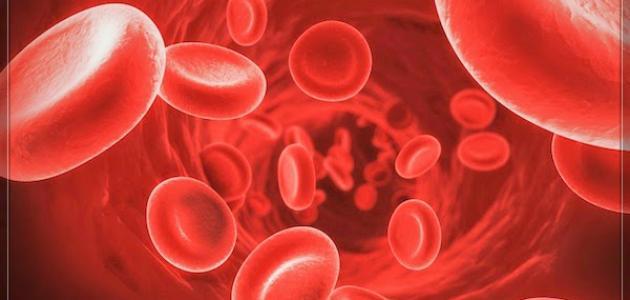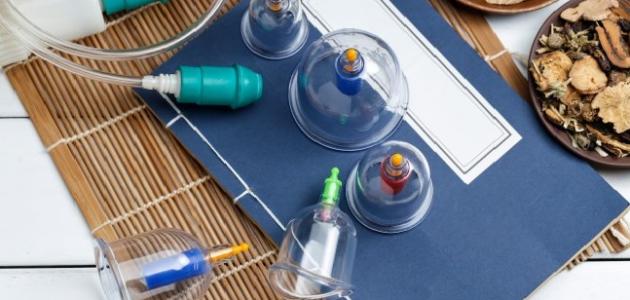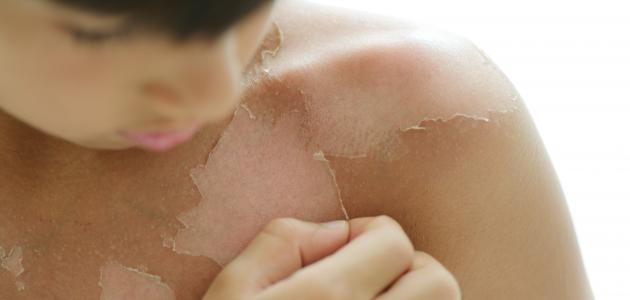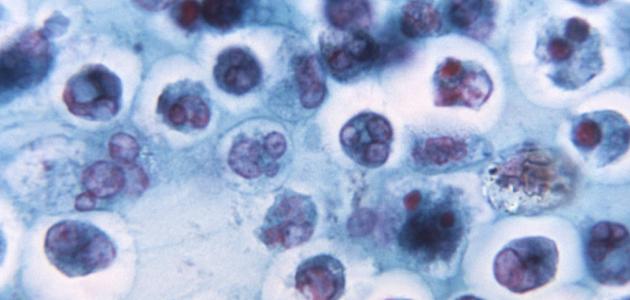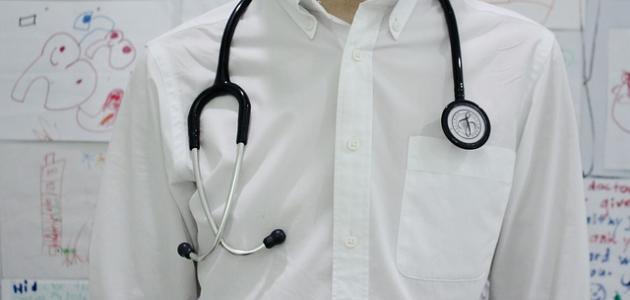Where are white and red blood cells made?
Red and white blood cells are formed in the bone marrow, also called bone marrow, which is a spongy or gelatinous tissue found inside some bones in the body, especially the thigh and hip bones, and is the main site for the formation of new blood cells, and the origin of blood cells What is known as stem cells, which are unspecialized and immature cells that represent the first stage of blood cell formation, then divide and develop into red blood cells, white blood cells, and platelets. Mature, and there are two types of bone marrow: red bone marrow, also called myeloid tissue, and yellow bone marrow, known as adipose tissue, both of which are rich in blood vessels and capillaries, and bone marrow produces about 200 billion new blood cells per day.
properties of red blood cells
Red blood cells, or erythrocytes, for short (RBCs), have a set of characteristics, some of which are listed below:
- Disc-shaped, concave on both sides, and lacking a nucleus.
- It has only one type.
- It is the most numerous blood cell, with a number of between four and five million cells per cubic millimeter of blood, and it constitutes approximately 40-45% of the blood volume.
- They are smaller than white blood cells, about 8 micrometers in diameter.
- Rich in hemoglobin protein (Hb), which is responsible for its pink-brown color.
- Its life cycle is long, renewing every 120 days.
- Its function is to transport oxygen and carbon dioxide, and it contributes to blood viscosity.
- Their number increases in the body during exercise, and when reaching high altitudes.
- The process of its formation is called erythropoiesis.
Characteristics of white blood cells
As for white blood cells (WBCs), their characteristics are:
Read also:How do I preserve my memory?- Irregular or round in shape, containing a core.
- There are at least five types of white blood cells in healthy people, including: granulocytes, monocytes, and lymphocytes.
- The process of its formation is called leukopoiesis.
- Their number is much lower than that of red blood cells, as it amounts to approximately eight thousand cells per cubic millimeter of blood, and represents about 1% of its volume.
- They are larger than red blood cells, about XNUMX micrometers in diameter.
- It does not contain hemoglobin, so it is colorless.
- Its life cycle is short, ranging from five to 21 days.
- Its function is to defend the body and resist diseases by producing antibodies, and carrying out the process of phagocytosis.
- Their number increases when an infection occurs in the body.
An overview of blood and its functions
Blood is a specialized liquid that flows in the veins, arteries, and capillaries, and contains many proteins and cells suspended in it, which makes it thicker than pure water, and its total volume in the body is about five liters, or approximately 7-8% of the body mass, and it consists of four Main components: Plasma, which constitutes 55% of blood volume, red blood cells, white blood cells, and platelets. Blood performs many functions of great importance in the human body, including the following:
Read also:What are the symptoms of sunstroke- Transportation of oxygen and raw nutrients to the lungs and tissues.
- Contribute to blood clotting to stop bleeding and avoid losing too much blood.
- Transfusion of blood cells and antibodies, which fight infection and give the body the immunity needed to fight diseases.
- Regulating body temperature.
- Carry waste to the liver and kidneys for disposal and purification of the blood.
